Orange Dream Digital Quilting Design
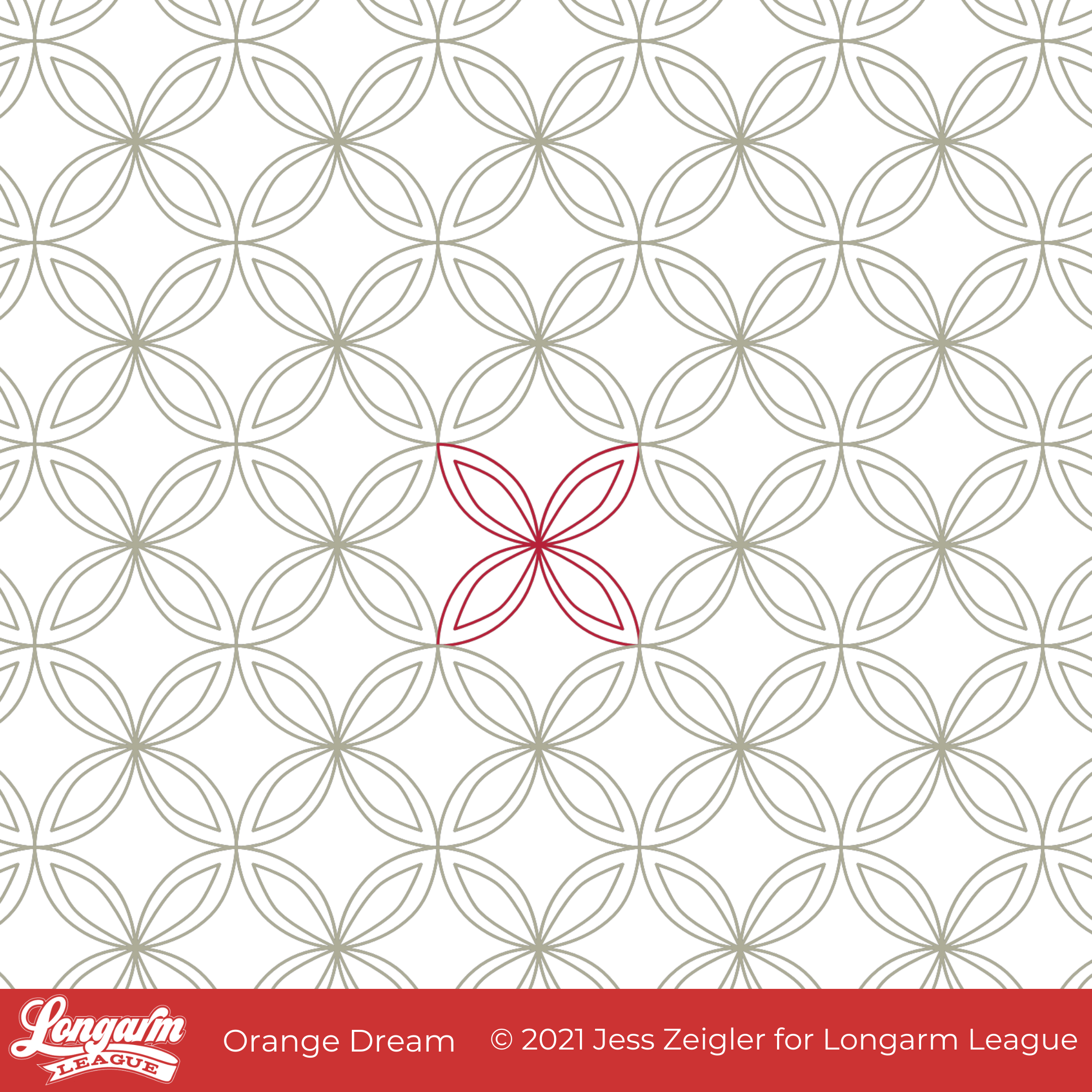
I love a classic Orange Peel moment! This design is a simple variation on a classic that adds a touch of sass... as long as sassy and elegance can coexist.
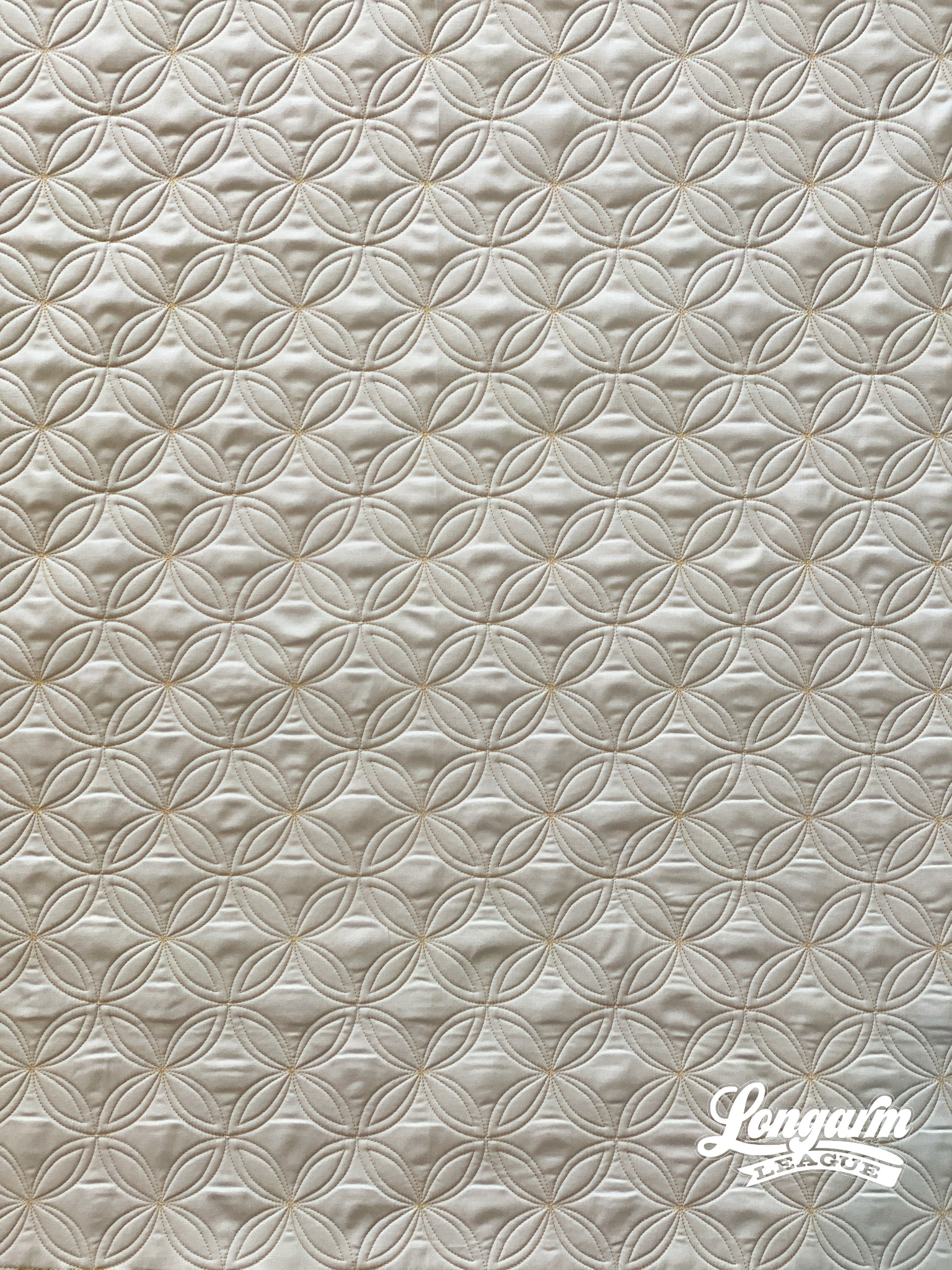
Let's face it, one of the reasons why Orange Peel quilting works so well is because it's simple and extremely versatile.

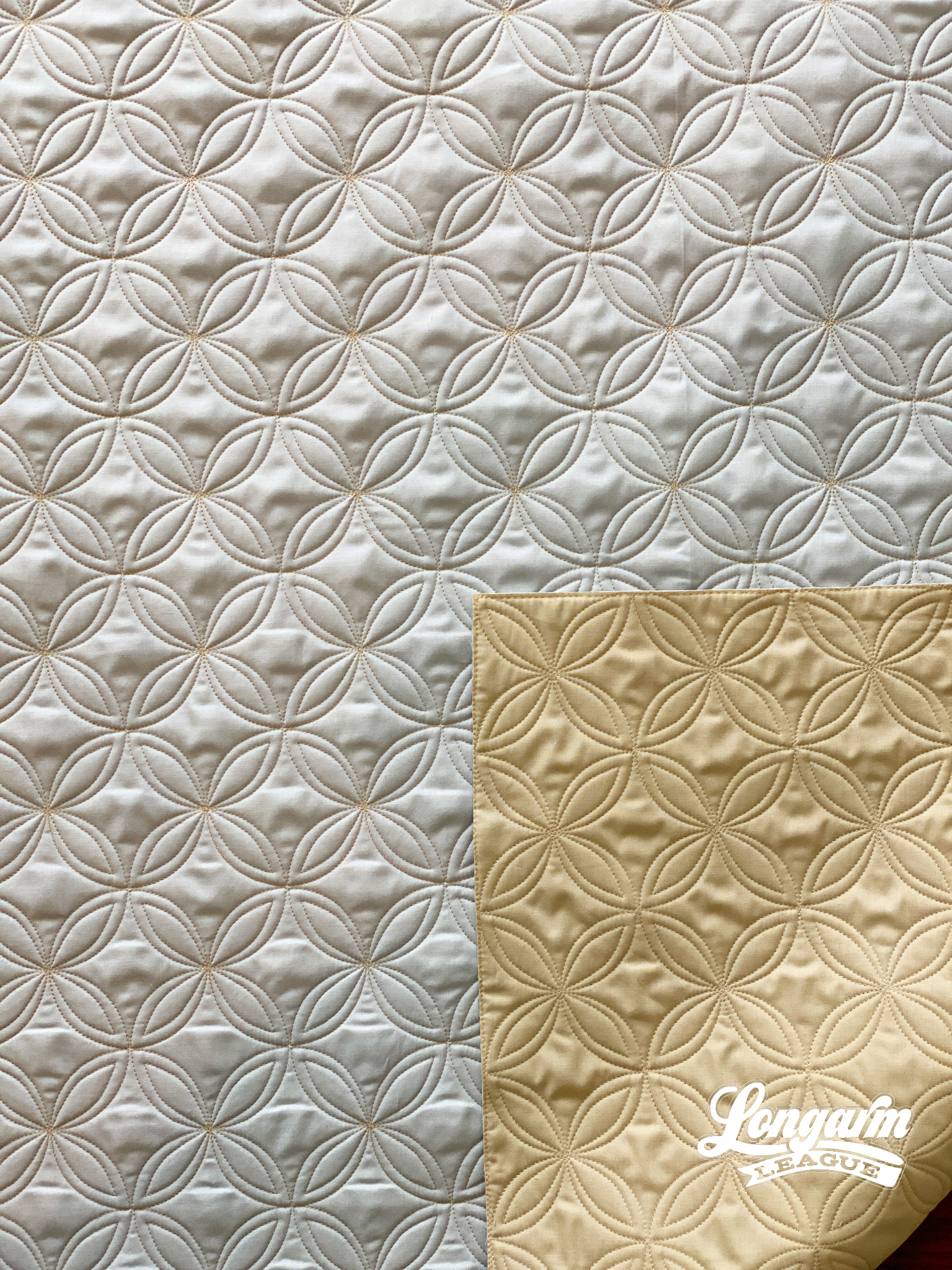
You could easily use this design on modern tops or traditional tops and it'll look great on both. In fact, I think the classic design is made a touch more modern by having the echoed "peel" within each shape. And when used on a traditional quilt top, I think that's when it could read a bit fancier.
I could also see this design lending itself well with floral-themed quilts.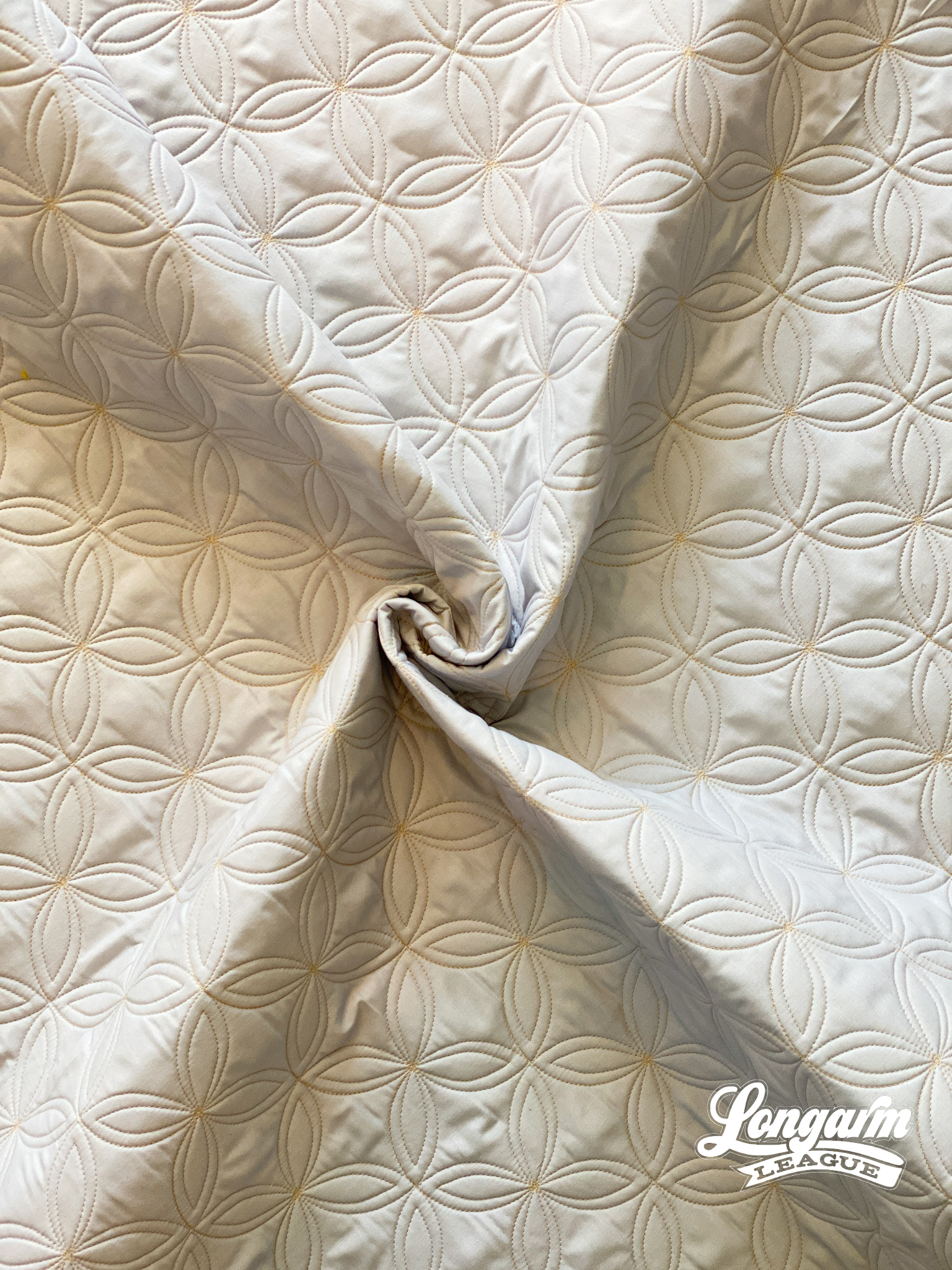
Another major benefit of this design is that it's multi-directional. It's going to look the same whether you load your top sideways or not. If you are trying to save time and capitalize on efficiency, loading the long side of the quilt to the leaders will mean advancing and re-aligning fewer times.

As for set-up, there is no o...
Feathered Spirals Digital Quilting Design

Instead of a soulless (😂) solid sample quilt, I'm so happy to share the special quilt I made for my new niece, Kate!

It had been such a long time since I'd done any sewing. I really love the entire quiltmaking process, so it was fun to get out the rotary cutter and domestic sewing machine again and work on something new.
And what better reason than a new baby in the family?

I "kept it simple" by deciding on a classic sawtooth star quilt. I picked fabrics from my stash and used the same fabric for my background throughout the quilt. I didn't need instructions because I've made this star so many times in the past. I did make myself a general "map" as I was cutting fabrics and making my stars. Feel free to use my decidedly unfancy pattern:
If you need a little more to go on than this, google sawtooth star, you'll likely find hundreds of patterns/tutorials.

Can we talk about the quilting already?! Ha - as a longarm quilter, it's my favorite part of the process.

I des...
Laverne and Shirley Digital Pantograph Designs
Meet Laverne...
and Shirley!

One's straight-laced, one's a little more adventurous. They are similar feather designs with different spines. If not sister designs, AT LEAST coworker/roommate designs. 😊
Even though it's a challenge to say Shirley and Laverne in that order, Shirley is where I want to start because that is the order of design conception.
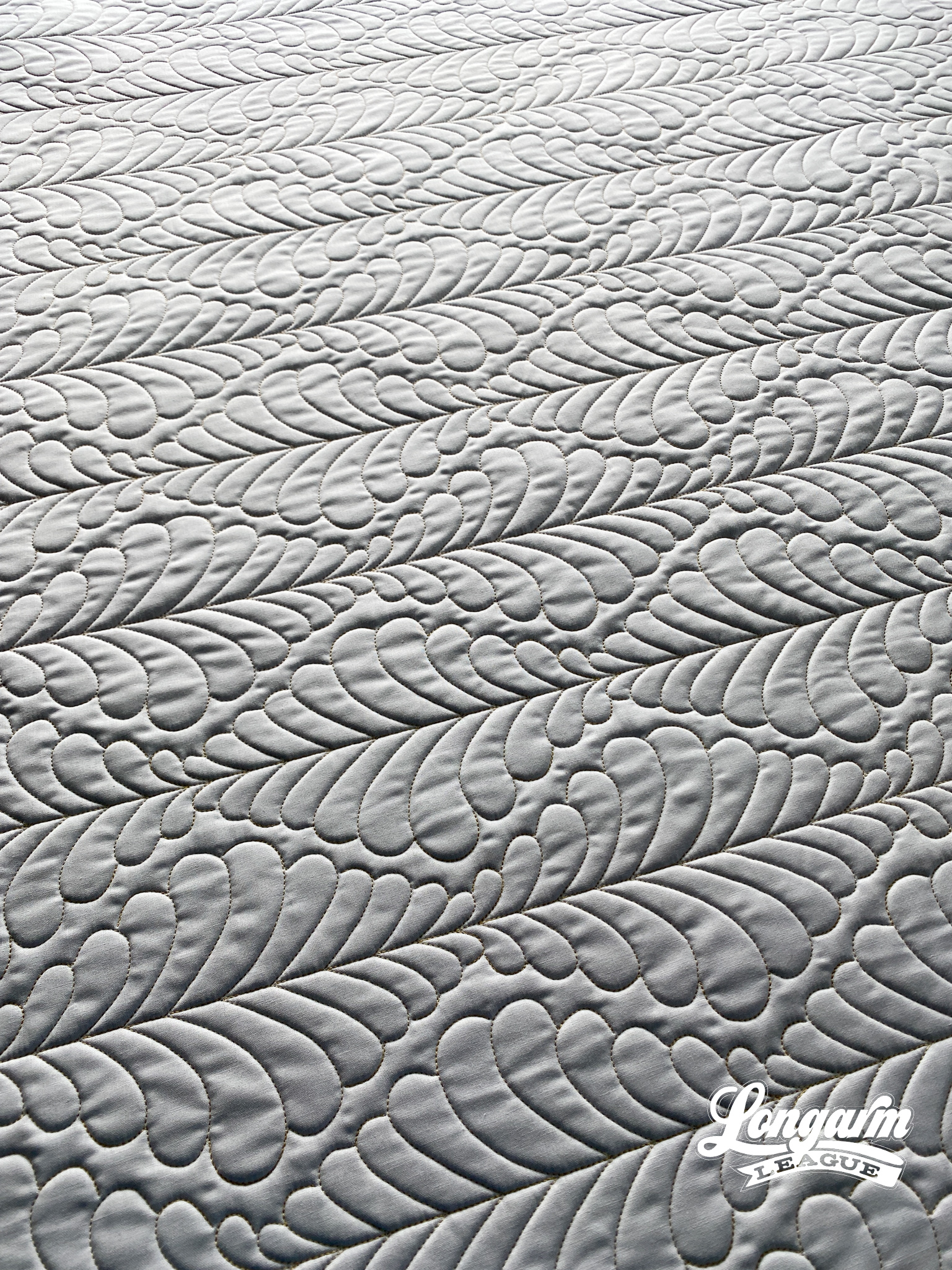
I liked the idea of the feathers nesting and interlocking within peaks and valleys of each row.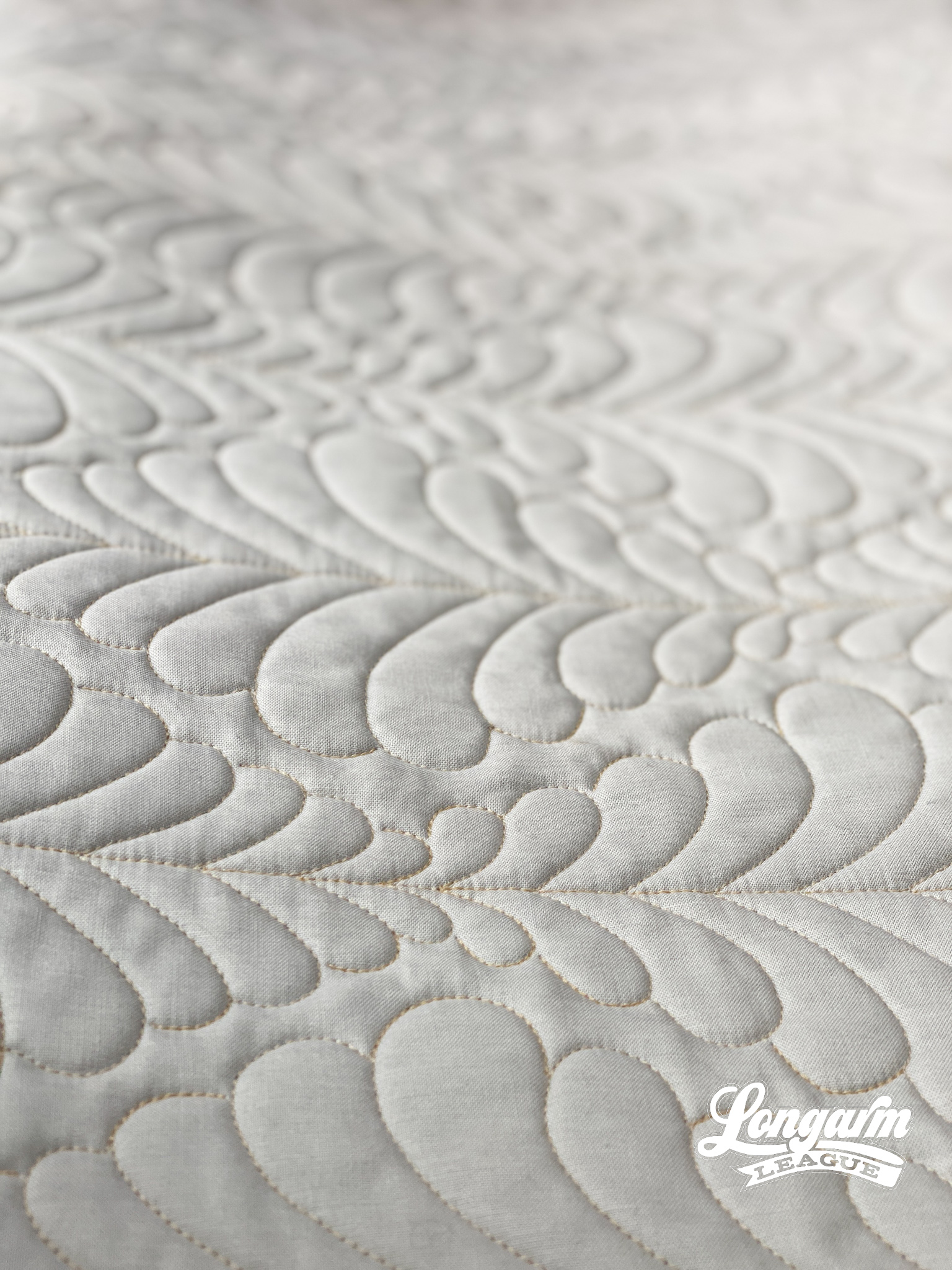
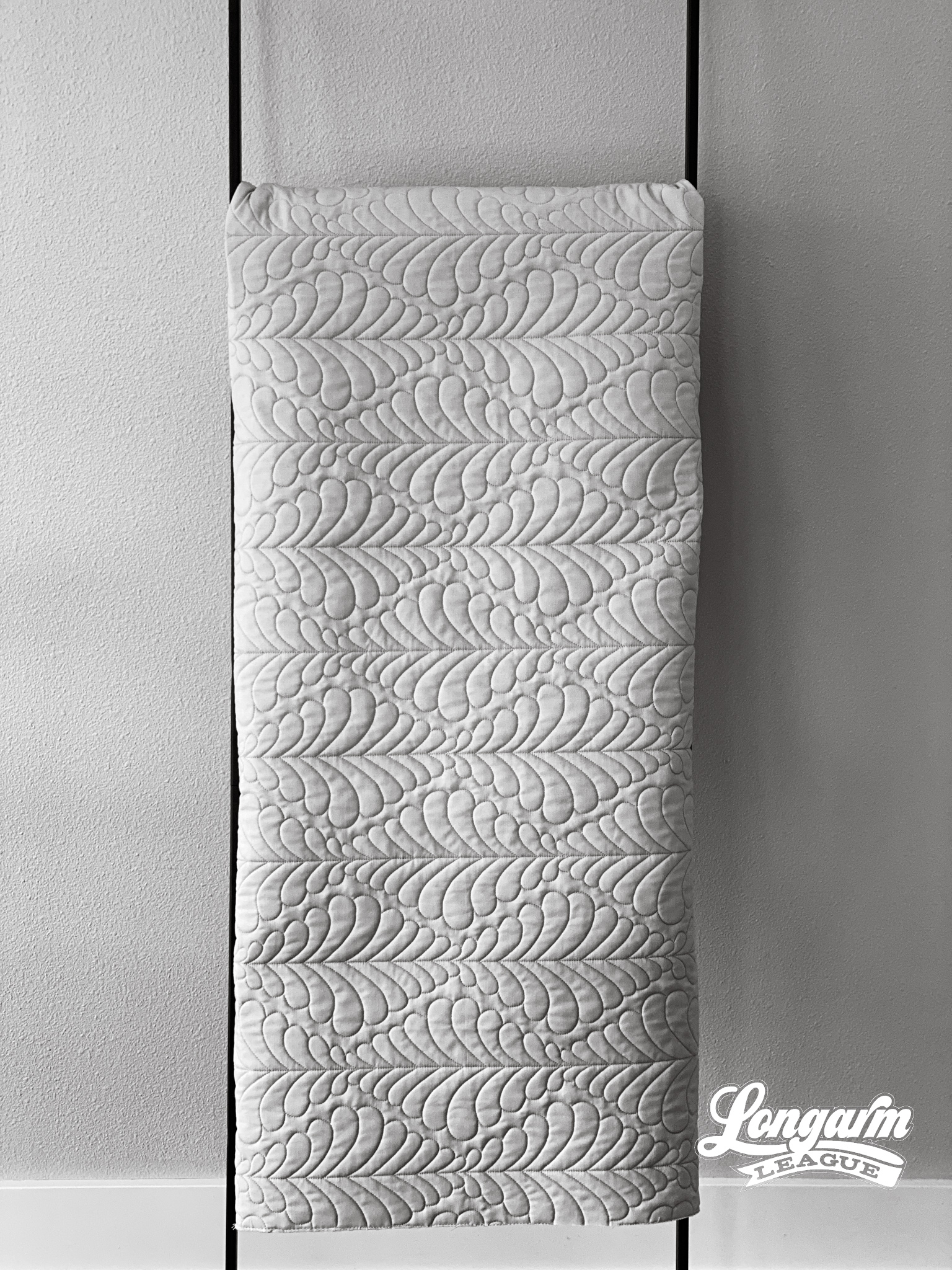
As with any design, I try to use backtracking or over-stitching as little as possible. When I would free-motion quilt, I made my feather bumps in the same fashion, but with the computer, I can "build my spine" incrementally as I progress from left to right.

Even though the designs look very similar, they are set up differently.
The Shirley design is made up of one feather motif that repeats and the Laverne design is made of a couplet that repeats: an upstream and downstream spine. See more pictures of the Laverne design to...
Leafy Bloom Digital Quilting Design
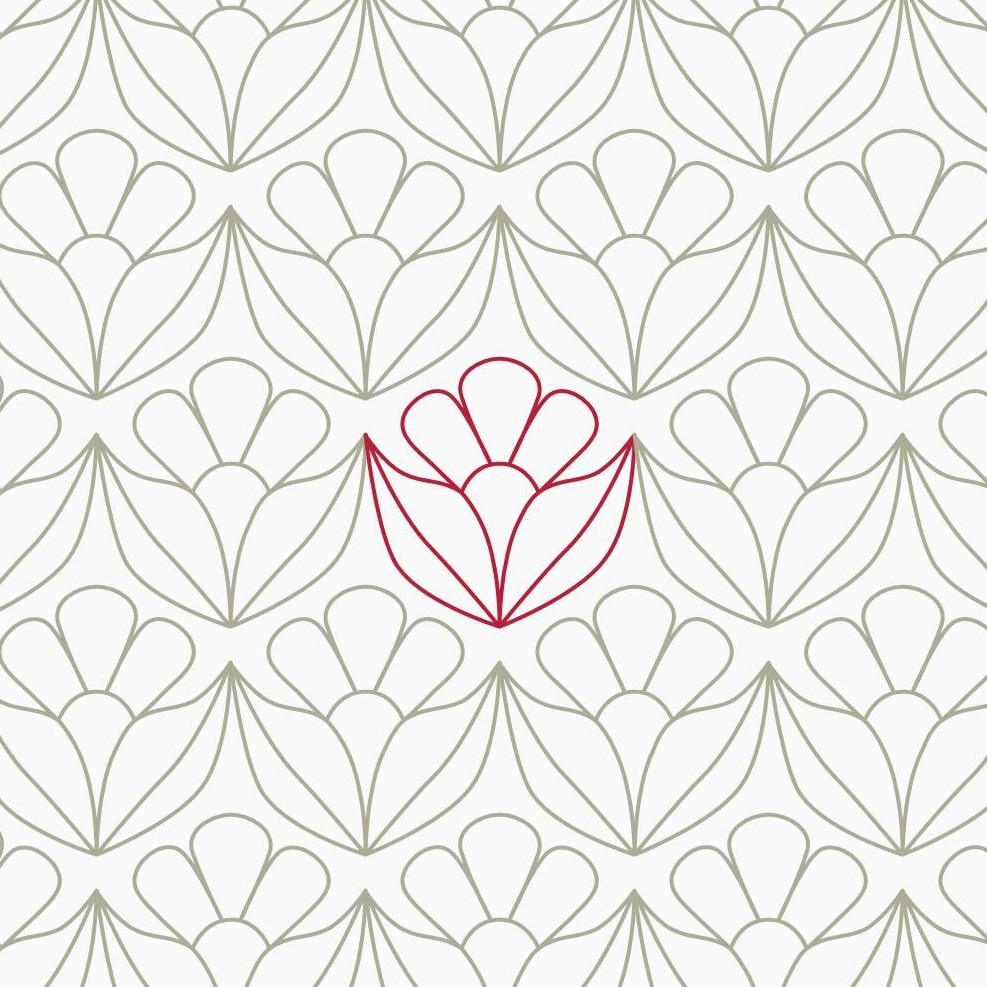
For this new design, I wanted to explore a geometric and simplified version of a flower. In general, I'm not into flowers or gardening, so I really have no idea if it looks like anything existing in nature. Also, please don't hold that against me! It feels like I'm violating a sacred quilter's code or something. Quilting and gardening seem to go hand in hand.

What I do really like, however, are simple repeatable shapes. I like the way the texture can recede into the background and be present, even when it doesn't have to be the star of the show.
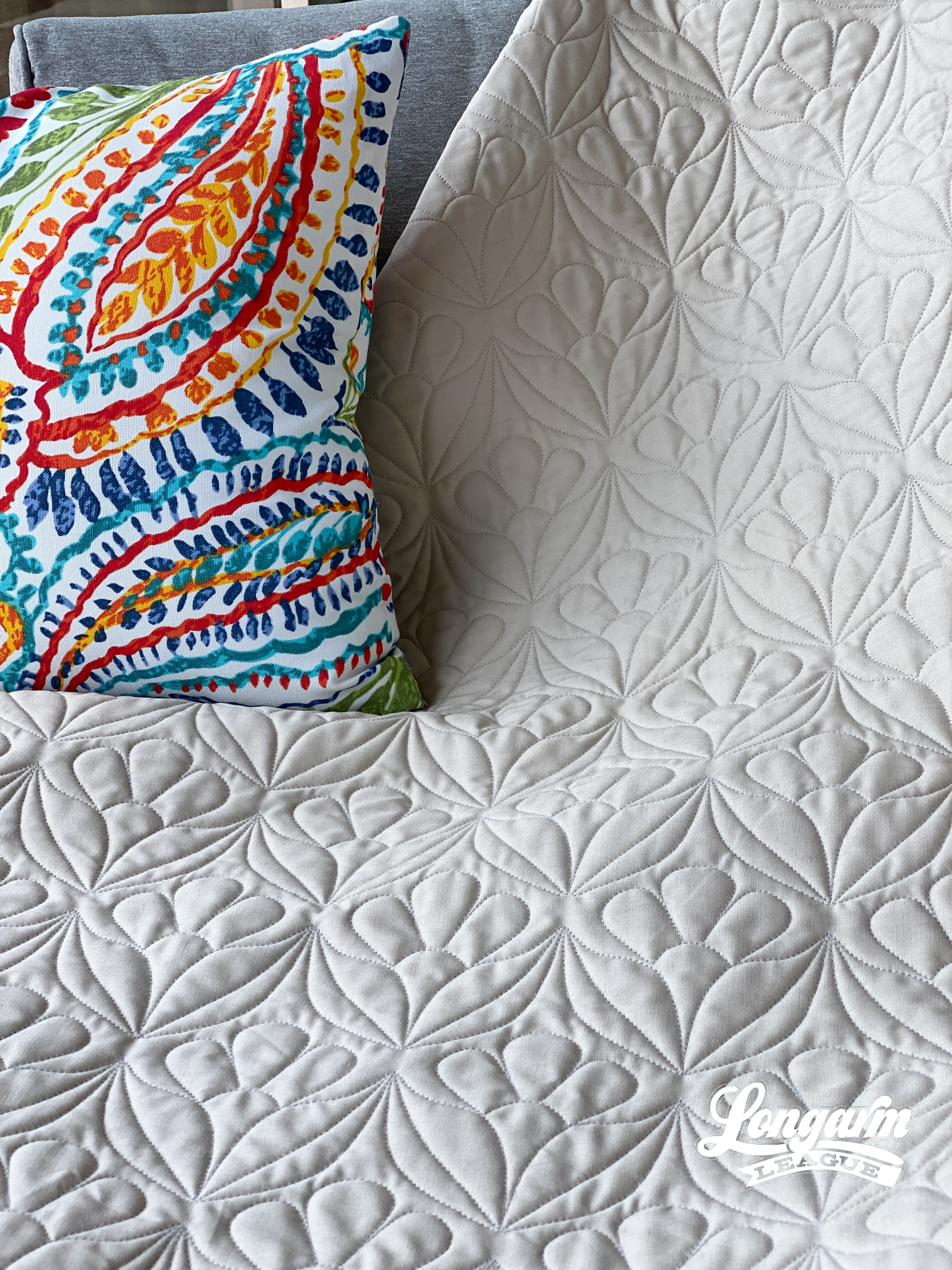

Another thing I try to watch for as a designer is that the quilting is evenly spaced, giving a nice uniform texture to an edge-to-edge design. It's the little things like this that make me happy! 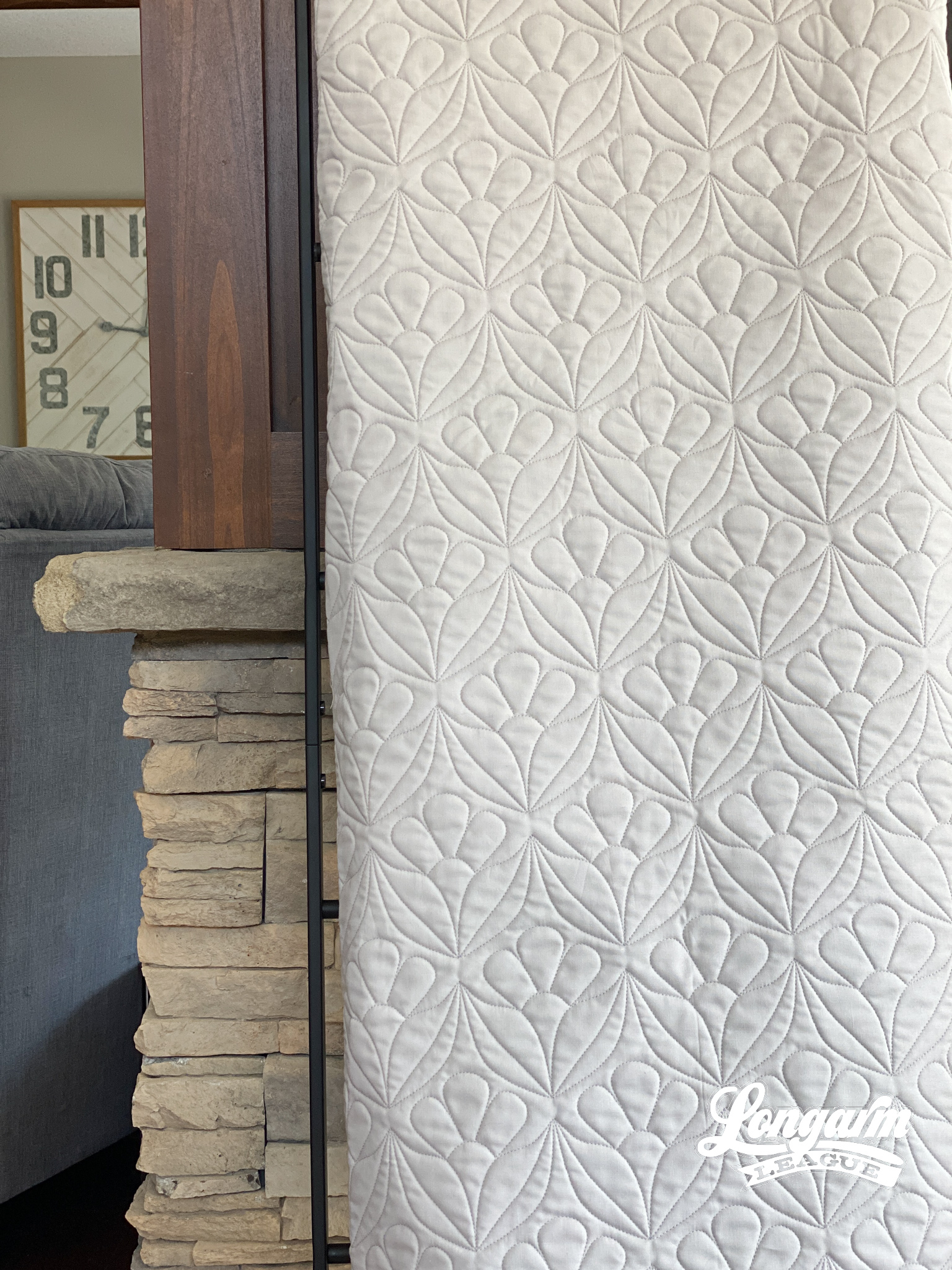

This sample quilt size is approximately 45" x 50". For reference in scaling this design, the pictures here show a row height of 3.5". If you include the gaps between the rows, the total pattern height would be 4.167". That would mean t...
What are Extended-Width Digital Quilting Designs and How Do I Use Them?

While this type of design is not new, we as quilters may not see extended-width designs often. However, they seem to be trending in popularity as of late. Unfamiliarity with these kinds of designs can lead to avoidance, which is a valid reaction. But, as the market grows with beautiful and creative new extended-width designs, I'd like to provide some information so that you don't have to miss out on using them.
First, we'll look at what an extended-width design is, we'll discuss some advantages and disadvantages of the designs, and then at the end, there'll be a list of video tutorials so you can learn best-practices for setting them up with your own software.
What Is an Extended-Width Digital Quilting Design?
To answer this question, let's first look at some "typical" edge-to-edge (E2E) designs that we most commonly buy online and use in our computerized longarm machines.
Above are some of my own designs with varying degrees of complexity. I wanted to show that whether simple or ...
Friends of P Digital Pantograph Quilting Design
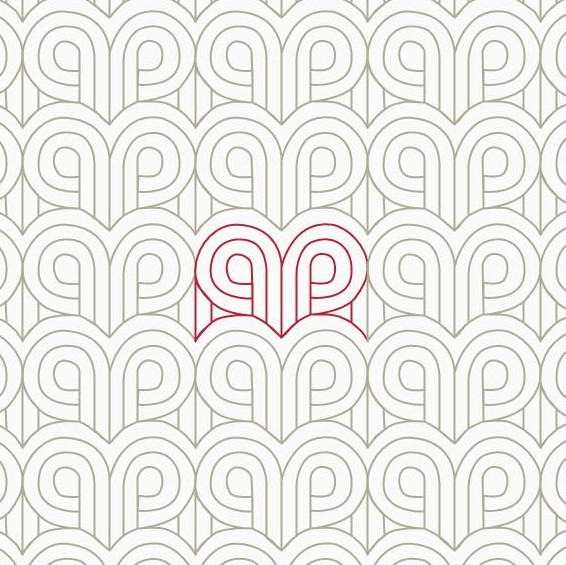
The Longarm League's latest digital pantograph release is called Friends of P. Yes, it's a strange name for a digital pantograph design, but it's also the name of a quirky and catchy song from the mid-nineties by a band called The Rentals. Watch the video here and I'm so sorry if it gets stuck in your head!
I hope it's obvious as to why Friends of P came to mind when I was trying to name this design. My maiden name starts with a P also, so I guess I'm partial to the letter.

There is certainly a "mod" vibe to this design as well, so keep it in mind for your grooviest, mid-century-looking tops! :) 

This sample quilt size is approximately 45" x 50". For a reference in scaling the design, the pictures here show a 4.0" row height with a gap between rows of -0.396" which created a pattern height of 4.396".

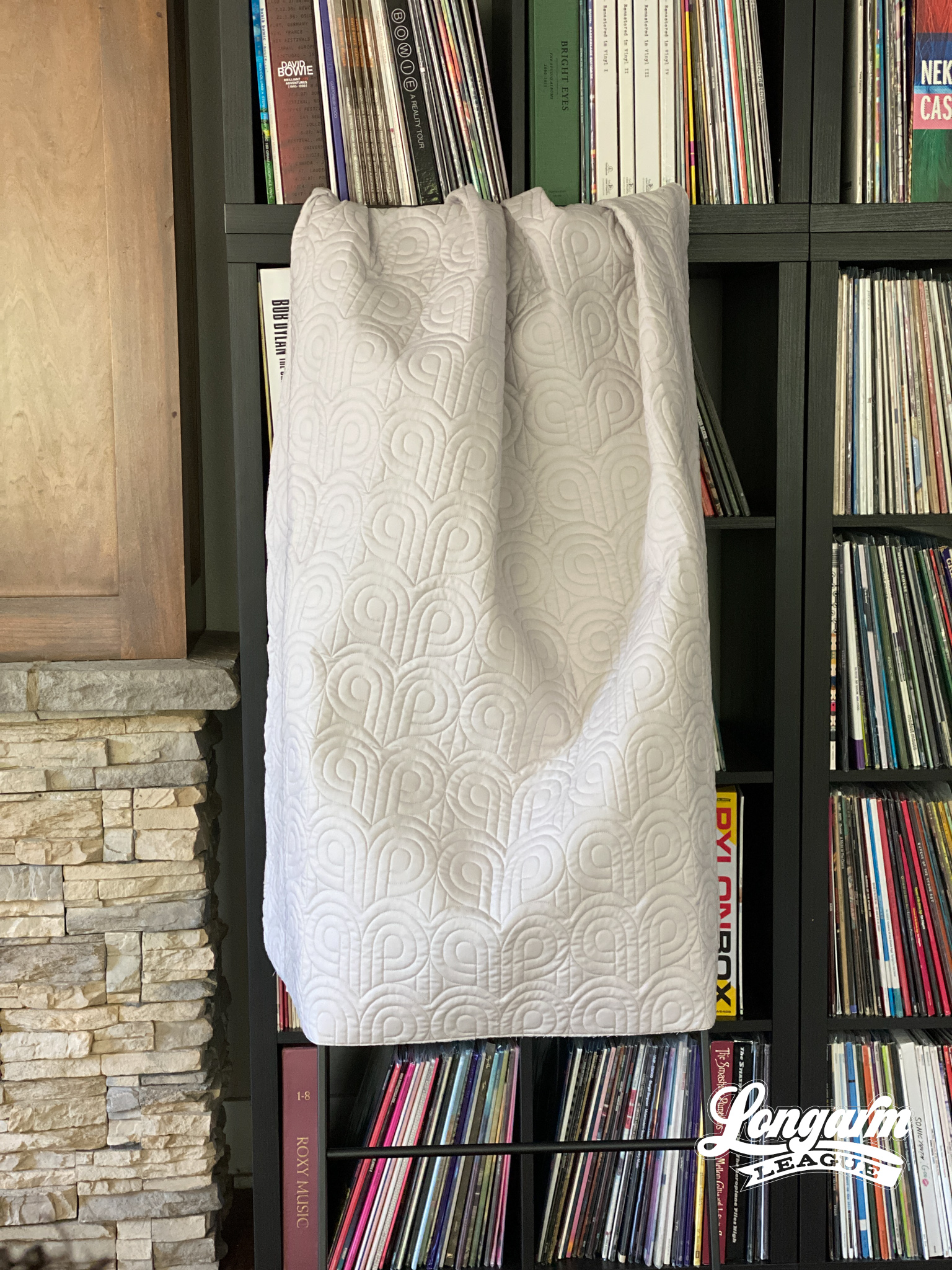
There are some small areas of backtracking, back-stitching, over-stitching, whatever you want to call it, but nothing that's too difficult to execute or line up. Ther...
Together Digital Quilting Design
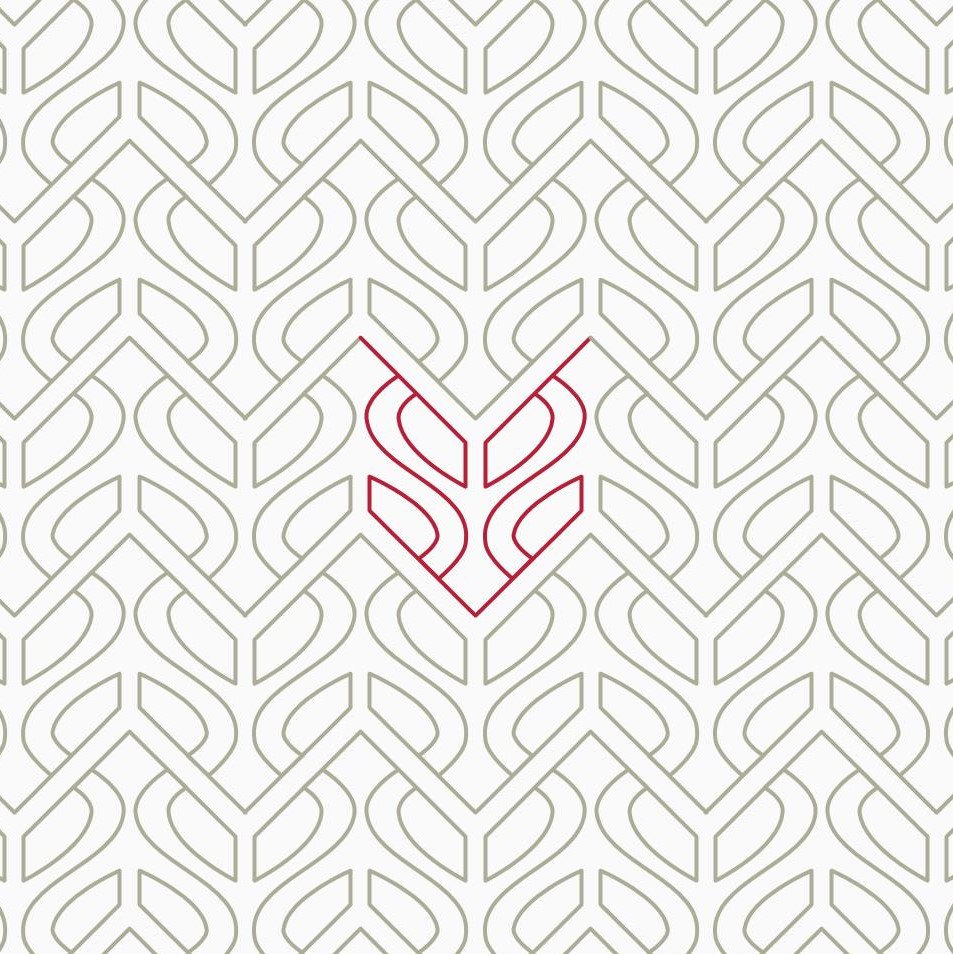
Meet the digital pantograph design released to the Longarm League membership in July of 2021. It's called Together.
I work on a lot of designs—sometimes many at once—and can't always remember what my inspiration or motivation behind them was, but I'm pretty sure this was started after seeing some wallpaper on Pinterest that I really liked. That's not the first time that's happened, either. It turns out wallpaper really gets my creative juices flowin'! When I nested the repeating rows together, I saw the possibility of them appearing to intertwine, and I was really into that idea.

I could see this design working well on a modern quilt top, and/or perhaps one with a lot of negative space - the texture really looks great!

This sample quilt size is approximately 45" x 50". For a reference in scaling the design, the pictures here show a 3.0" row height with a gap between rows of -1.167" which created a pattern height of 4.167".

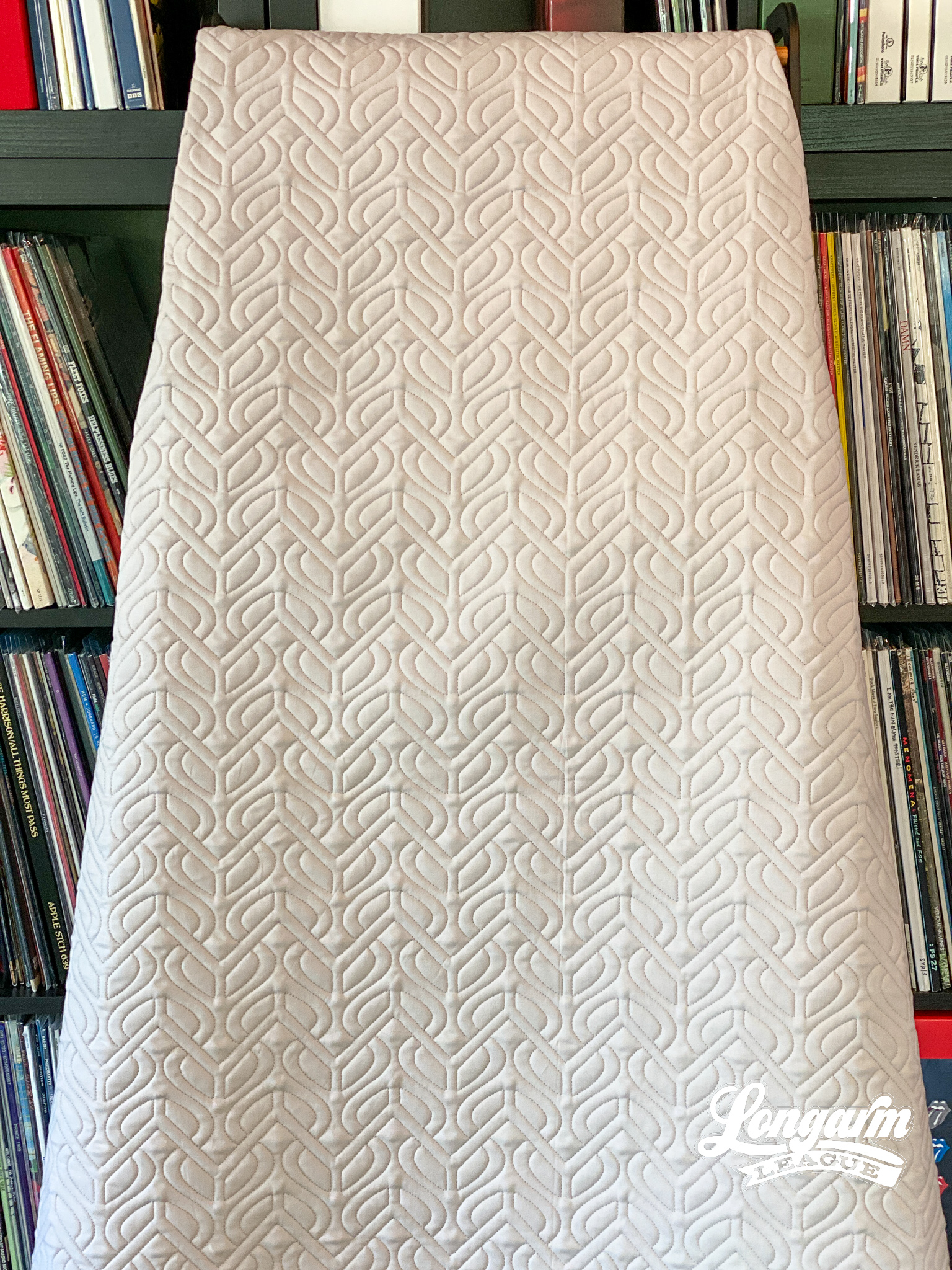
There are some small areas of backsti...
Glancing Digital Quilting Pantograph Design
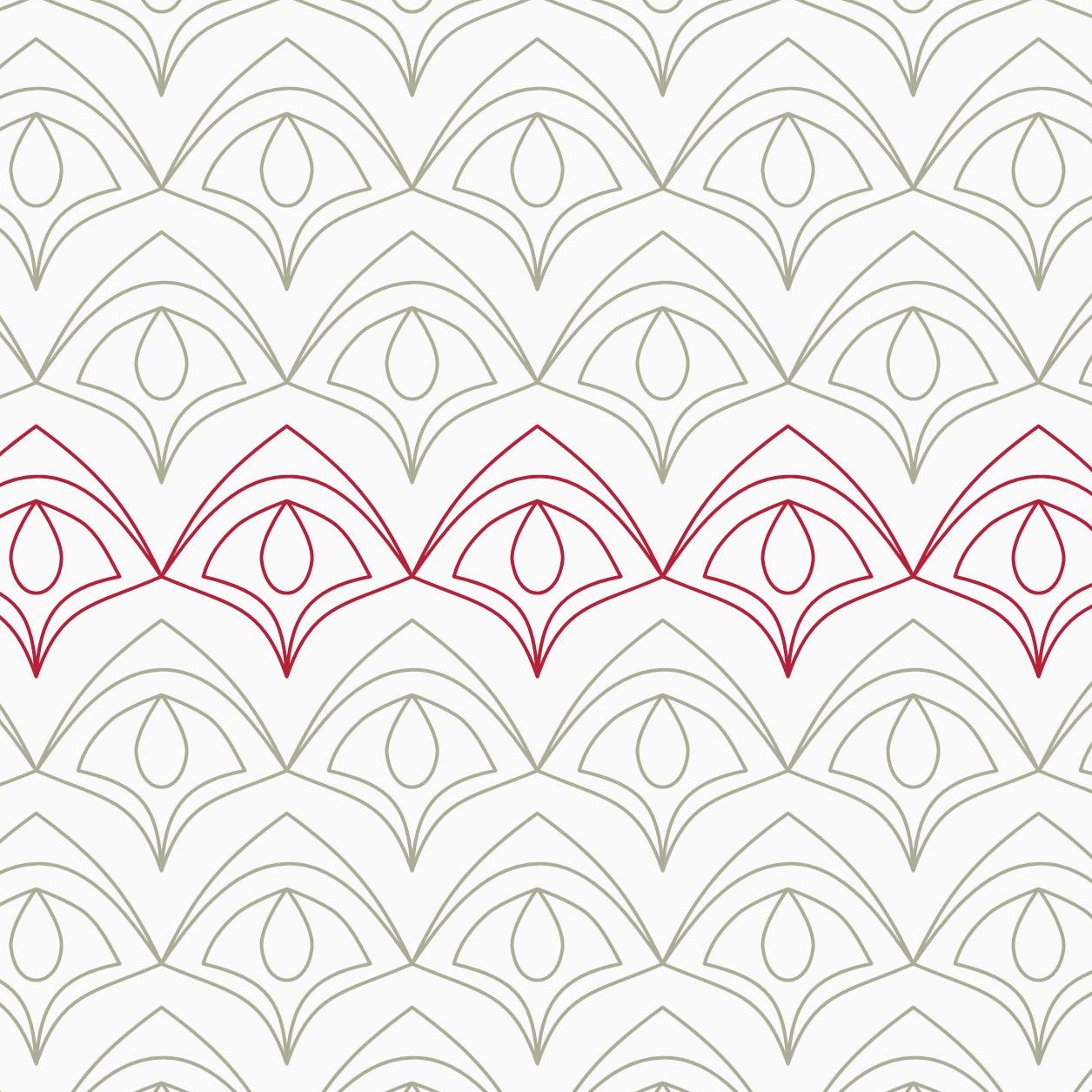
I get naming fatigue when I'm working on lots of pantograph designs, often at the same time. I like to have practical names so that I can remember essentially what they look like without opening the files, but then those names don't often translate well to the marketplace.
This is one of those designs that I really can't recall what it started out being, but after I saw "snake eyes" I couldn't really see anything else. Longarm League member Lin Miller suggested the name Glancing in our Slack channel and immediately I knew that it was a better title than Snake Eyes. Or maybe I should have cut right to the chase and named it Kaa after the character in Jungle Book. 😁 It wouldn't be the first time a design of mine inadvertently took on the shapes of animated Disney characters.
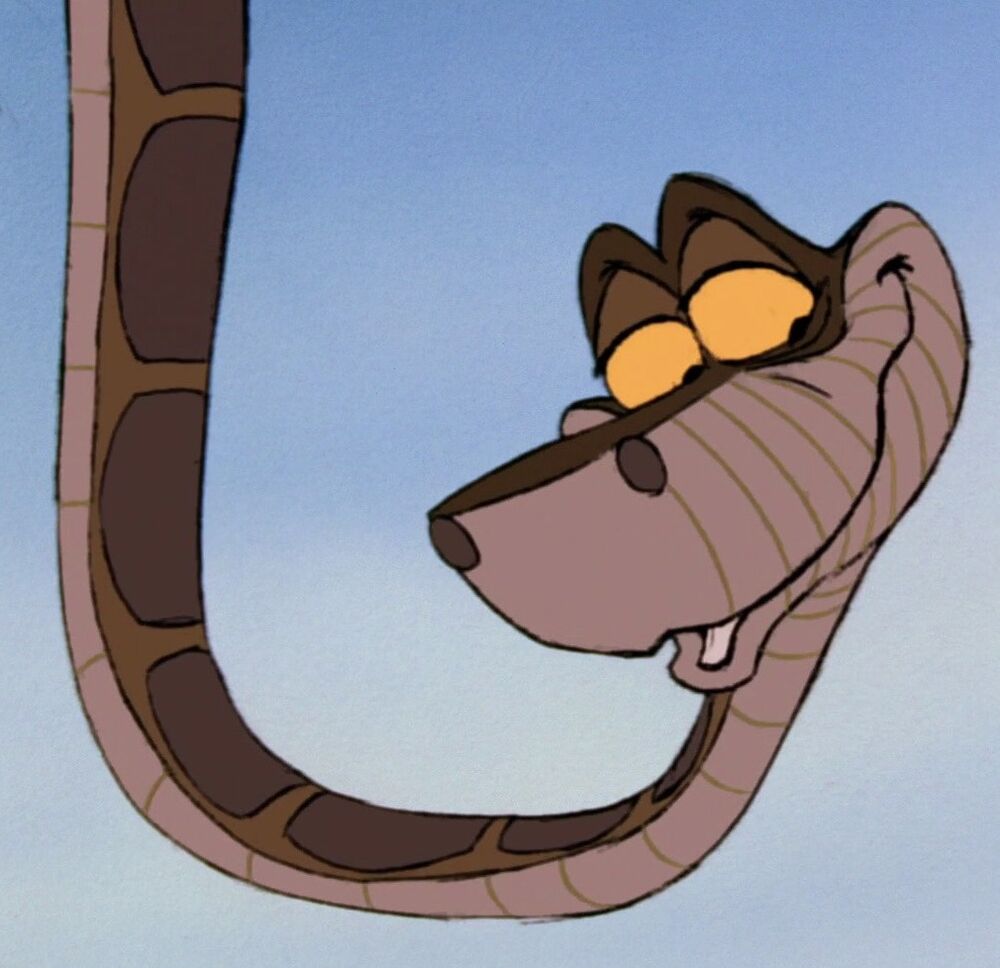
What I DO remember about this design is that it's easy to stitch out with no backtracking. Huzzah!
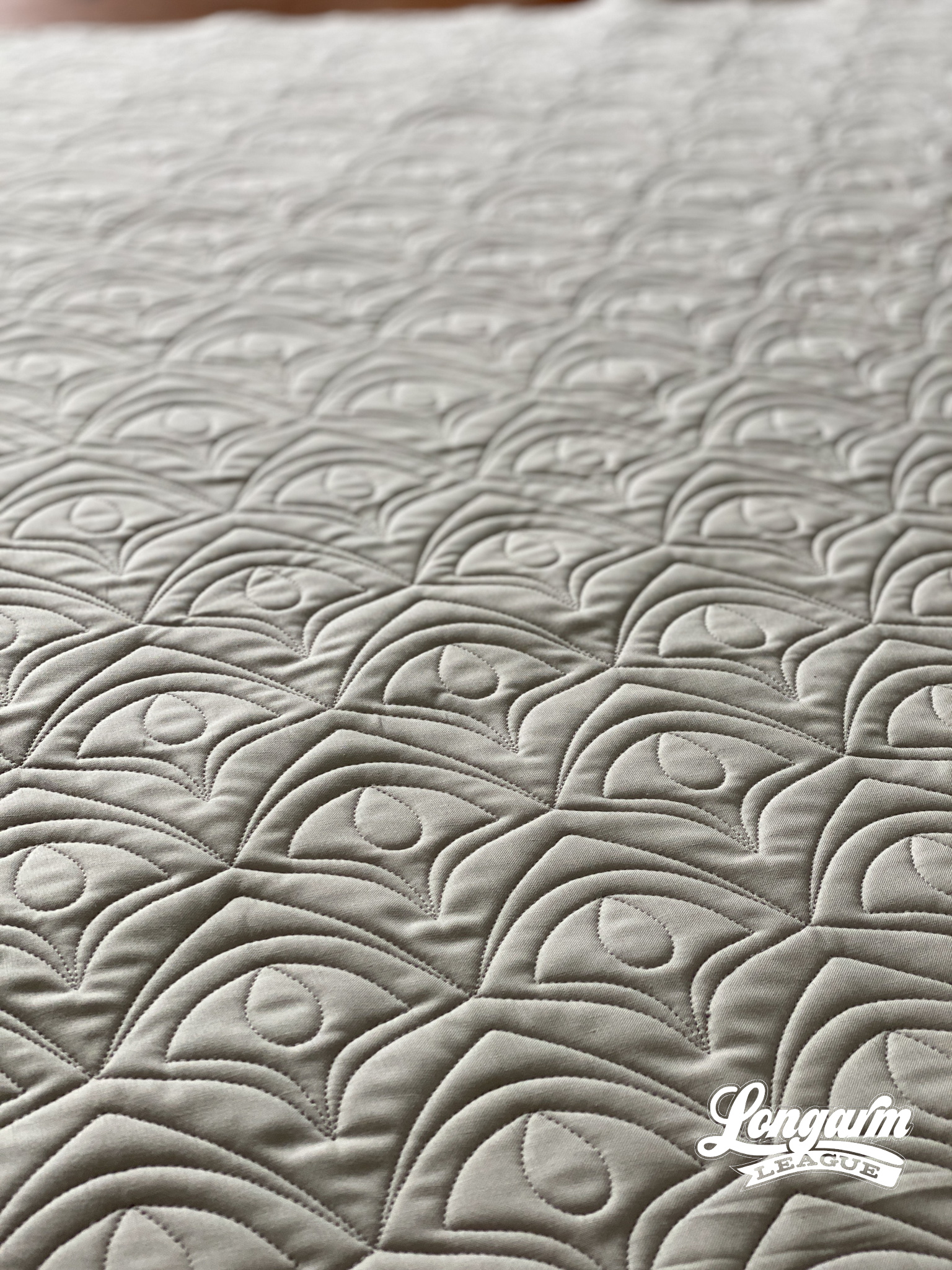
When setting the design up in a computerized system, it does require every other row to be offs...
The Making of the Peak Blooms Pantograph
Have you considered digitizing quilting patterns?
Since the Longarm League began, many of our members have been curious about digitizing. How difficult is it? What is the process involved? How does one sell designs?
In an effort to show my approach, I started recording my computer screen as I was working on my design that eventually became known as Peak Blooms.
When I started this design, I didn't know where it was going to take me, and I'm pretty sure I would have scrapped it immediately if I could see into the future and know just how L-O-N-G it would take to tweak all of my blessed petals!

But, I'm stubborn. "In for a penny, in for a pound", as they say! All told, I recorded about 10 hours of on-screen digitizing over several days. You certainly don't have that kind of time to watch it unfold, so that's why I put this video in hyperdrive to give you a look behind the scenes.
Luckily, most designs only take a fraction of the time from beginning vision to finalization. But, I also d...
Behold Digital Pantograph Quilting Design

I was so mesmerized by how this design was stitching out that I didn't realize I'd forgotten to record a snippet of the stitch path until I was on the last row! Oops! The video of the final row stitch-out is available at the top of this post.
What I really like to show in the videos is how any backtracking happens. As a designer, I try not to use backtracking too much, but it's also unavoidable at times. So, yes, there is some backtracking in this design, but it's not too intense. If it helps me accomplish a pretty result? Sign me up! I'm okay with that.

The upside-down clamshells are staggered a bit—one higher than the other on the repeat—so that you can set it up on your computer without offsetting. Once the rows are placed, you'll want to nest the rows closely, but they shouldn't touch. The space between the rows will give a little bit of margin and help hide any inconsistencies during realignment. It needs to be close, but placement does not have to perfectly meet the prior ro...









